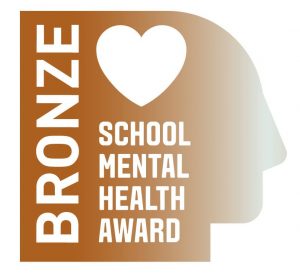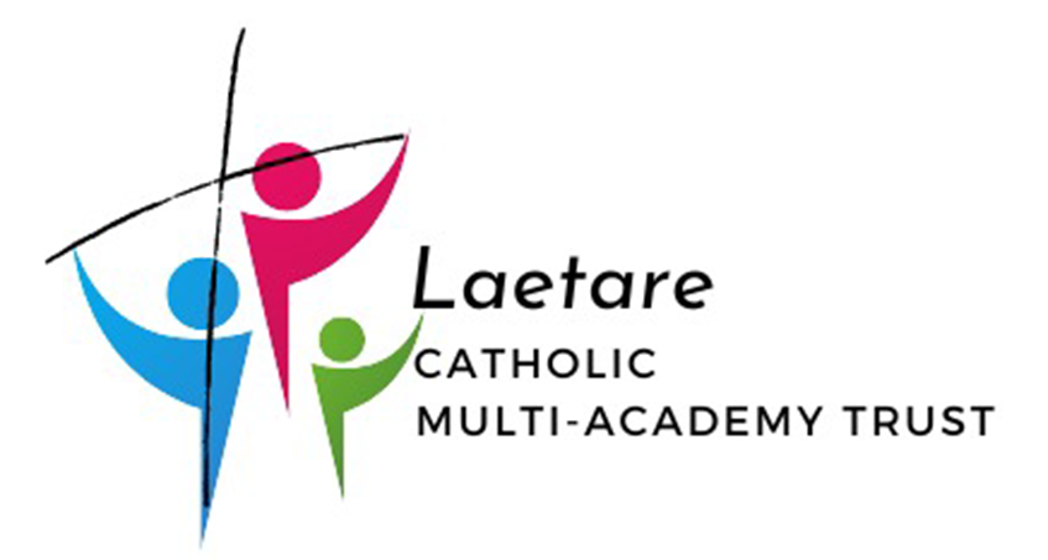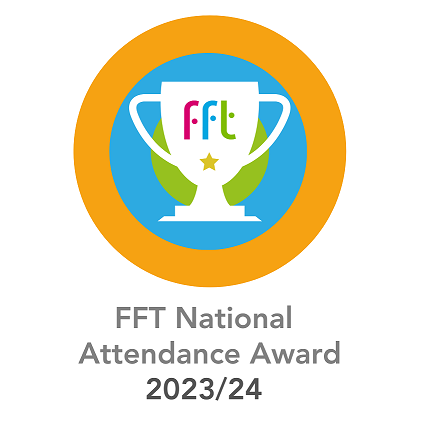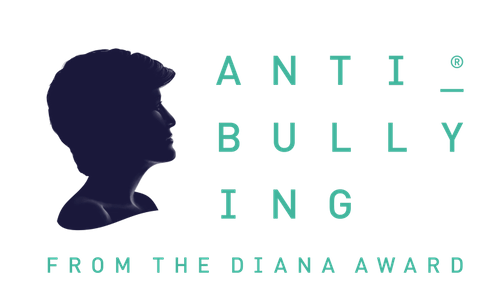Benchmark 1: a stable careers programme with a careers leader
Meeting this benchmark means you:
- Have a stable, structured careers programme that has the backing of the SLT
- Appoint someone to be responsible for your careers programme, and make sure they’re appropriately trained
- Publish your careers programme on your website in a way that pupils, parents, teachers, governors and employers can access and understand it
- Evaluate the programme regularly, with feedback from pupils, parents, teachers and employers forming part of this process
Benchmark 2: learning from career and labour market information
Meeting this benchmark means that:
- By the age of 14, all pupils have accessed and used information about career paths and the labour market to inform their decisions on study options
- You encourage parents to access and use information about labour markets and future study options to inform their support to their children
Make sure you’re meeting this benchmark well by:
- Taking a look at LMI for All, a free online data portal that connects and standardises sources of labour market information
- Contacting your local job centre to find out about presentations and workshops it can offer on the local labour market and employer expectations
- Finding out whether there’s a Local Enterprise Partnership in your area that can support you with providing labour market information – look on the CITB website for this information
- Encouraging pupils and parents to look at the job profiles produced by the National Careers Service. Each profile includes information on expected salary, what qualifications are needed and what the role involves
Benchmark 3: addressing the needs of each pupil
Meeting this benchmark means:
- You tailor opportunities for advice and support to the needs of each pupil
- Your careers programme actively seeks to challenge stereotypical thinking and raise aspirations
- You keep systematic records of the individual advice given to each pupil, and agreed next steps
- All pupils have access to these records to support their career development
- You integrate the records with those given at the previous stage of the pupil’s education, where these are made available
- You collect and maintain accurate data for each pupil on their education, training or employment destinations
Make sure you’re meeting this benchmark well by:
- Continuing to work with your local authority to identify young people who are in need of targeted support
- Making staff aware that the majority of young people with SEND are capable of sustainable paid employment, with the right preparation and support
- Working with the families of pupils with SEND to help them understand what careers options are possible, and base careers guidance for them on each pupil’s own aspirations, abilities and needs
- Using destinations data to measure your success and track where pupils are going. Look at the percentage of pupils in sustained education, employment or training, and break this down by different characteristics
Benchmark 4: linking curriculum learning to careers
Meeting this benchmark means:
- All teachers link curriculum learning with careers
- You give every pupil the opportunity to learn how the different STEM (science, technology, engineering and maths) subjects and their other subjects help people to gain entry to, and be more effective workers within, a wide range of careers. You should do this by the time they’re 14
Make sure you’re meeting this benchmark well by:
- Delivering careers, employability, and enterprise lessons through the curriculum as part of personal, social, health and economic (PSHE) education, and other subjects
- Making sure that all pupils study the core academic (EBacc) subjects at GCSE (English, maths, science, history or geography, and a language) and explain that these provide a sound basis for a variety of careers
- Making it clear that any pupil who doesn’t achieve at least a grade 4 in GCSE maths and English by the end of Key Stage (KS) 4 will be required to continue working towards this as part of their 16 to 19 study programme (unless there are exemptions linked to their education, health and care (EHC) plan)
Benchmark 5: encounters with employers and employees
This means:
- Every pupil should have multiple opportunities to learn from employers about work, employment and the skills that are valued in the workplace
- Every year, from the age of 11, pupils should participate in at least 1 ‘meaningful encounter’ with an employer
A ‘meaningful encounter’ is where a pupil has an opportunity to learn about what work is like or what it takes to be successful in the workplace.
Make sure you’re meeting this benchmark well by:
Offering these ‘meaningful encounters’ through:
- Visiting speakers
- Business games and enterprise competitions
- Employer encounters with parents
- Employer involvement in the curriculum
- Mock interviews
- Mentoring
- Enterprise schemes
- Careers events
- Employer-delivered employability workshops
Governors with knowledge of the local business community are also often well placed to make introductions to employers. They may even be able to give a talk to pupils themselves.
Benchmark 6: experiences of workplaces
This means:
- Every pupil should have had at least 1 first-hand experience of a workplace by the time they’re 16
- Every pupil should have had 1 further experience of a workplace by the time they’re 18
This is in addition to any part-time jobs they already have.
Make sure you’re meeting this benchmark well by:
Delivering this through:
- Work visits
- Work shadowing
- Work experience placements
- Career-related volunteering and social action
Whatever the method, it should help them explore career opportunities and expand their networks.
You could use the same contacts you used to offer encounters with employers as a starting point for giving pupils experience of the workplace.
You should pay particular attention to work placements for pupils with SEND, and carefully match the placement to their abilities, needs and aspirations.
Benchmark 7: encounters with further and higher education
Meeting this benchmark means:
- All pupils should understand the full range of learning opportunities available to them, including both academic and vocational routes
- By the age of 16, every pupil should have had a ‘meaningful encounter’ with providers of the full range of learning opportunities, including sixth forms, colleges, universities and apprenticeship providers. This should include the opportunity to meet both staff and students
- By the age of 18:
- All pupils who are considering applying for university should have had at least 2 visits to universities to meet staff and pupils
- Every student should have had a meaningful encounter with a range of providers of learning and training that may form the next stage of their career (such as further education colleges, higher education and apprenticeship and training providers). This should include the opportunity to meet both staff and students
Make sure you’re meeting this benchmark well by:
- Using the Career & Enterprise Company’s guidance on achieving Gatsby Benchmark 7
- Getting in touch with local studio schools and university technical colleges about coming in to your school
- Working with a diverse range of providers and businesses where you can, including those that provide apprenticeship training opportunities and those that can support with recruitment
- Ensuring that apprenticeship training providers offer high-quality training and support for pupils, as well as good opportunities for progression. An article by White Hat on the platform Medium includes 5 questions that you should ask apprenticeship providers to find out about the quality of service they offer
- Using the Education and Skills Funding Agency’s (ESFA’s) register of apprenticeship training providers to find some, or taking a look at Amazing Apprenticeships to help inform your decisions on who you invite in
- Getting in touch with your local job centre to see what support it can offer
- Being clear what your pupils’ needs are, and making sure that providers consider these. Make sure providers also know about the context of your school and what work you’ve already done with pupils
- Inviting alumni who have been through an apprenticeship programme or to university to speak to pupils about their experience
- Getting in touch with local universities to find out what they offer, as many universities run outreach programmes
Benchmark 8: personal guidance
This means:
- Every pupil should have opportunities for guidance interviews with a careers adviser. This person can be a member of school staff, or external, provided they’re appropriately trained
- By the age of 16, every pupil should have had at least 1 interview, and the opportunity for a further interview by the age of 18
- You make guidance interviews available whenever significant study or career choices are being made
Make sure you’re meeting this benchmark well by:
- Getting a qualified careers professional to provide these interviews – use the Career Development Institute’s professional register of advisers with level 6 or higher qualifications
- Making sure discussions for pupils with EHC plans focus on the outcome and aspirations in their plan. For LAC or care leavers, careers advisers should use their personal education plan or pathway plan to help focus the discussion









